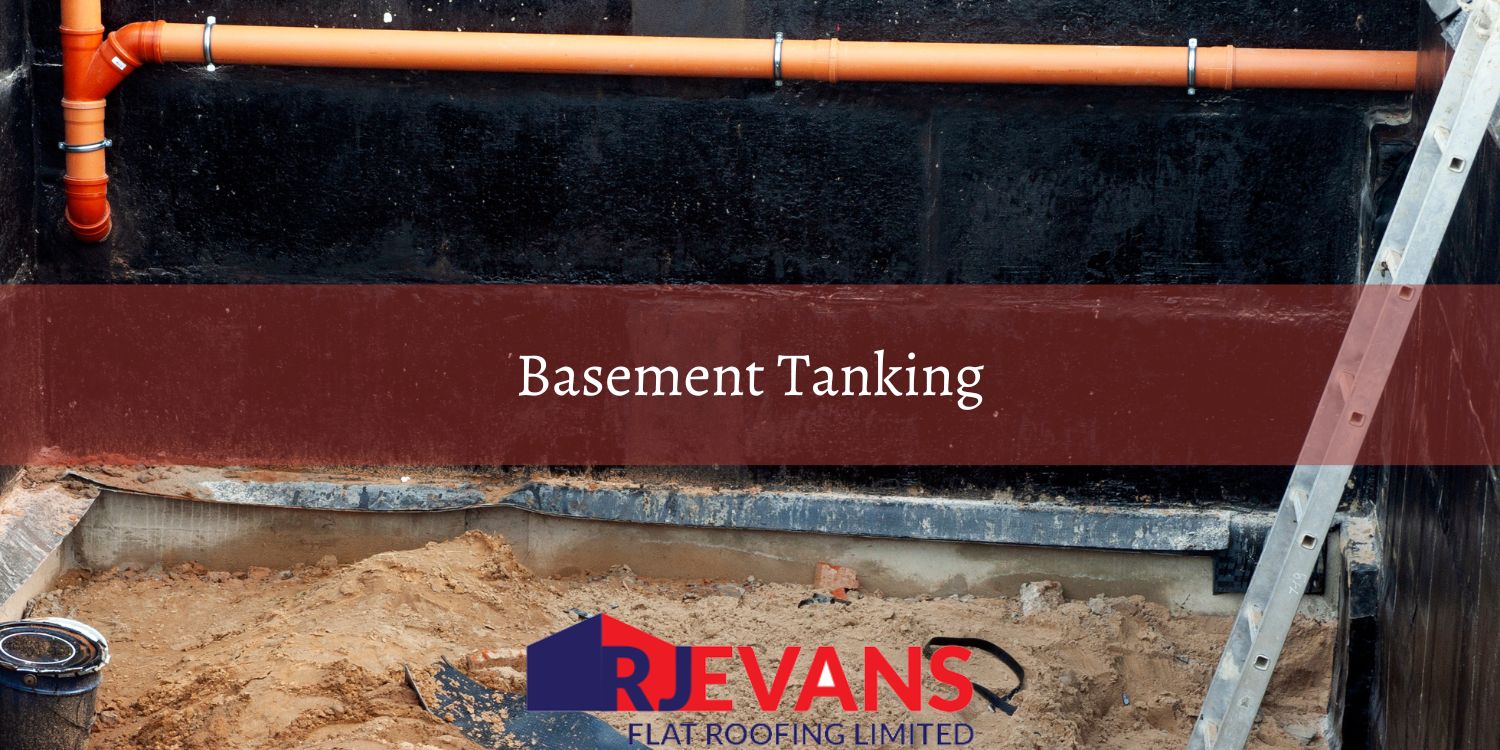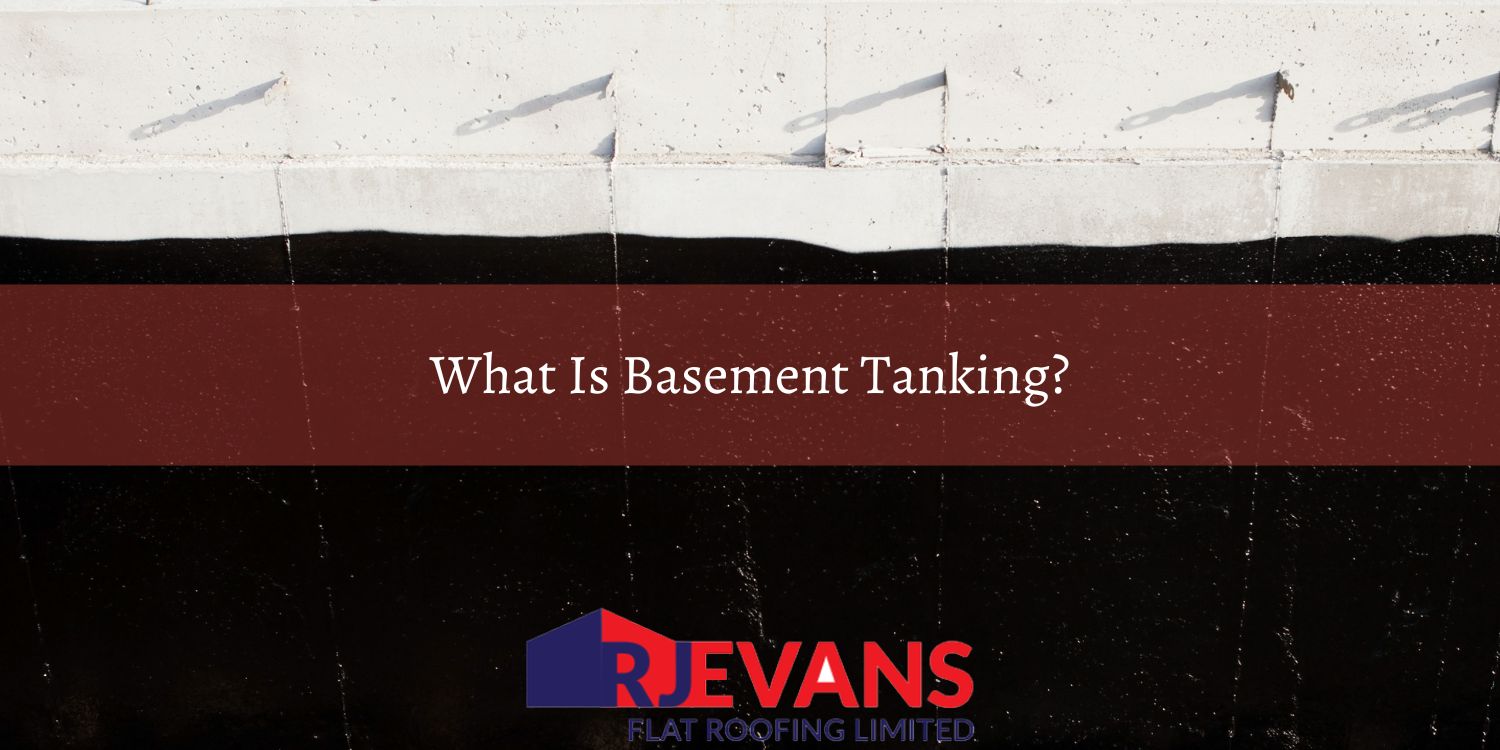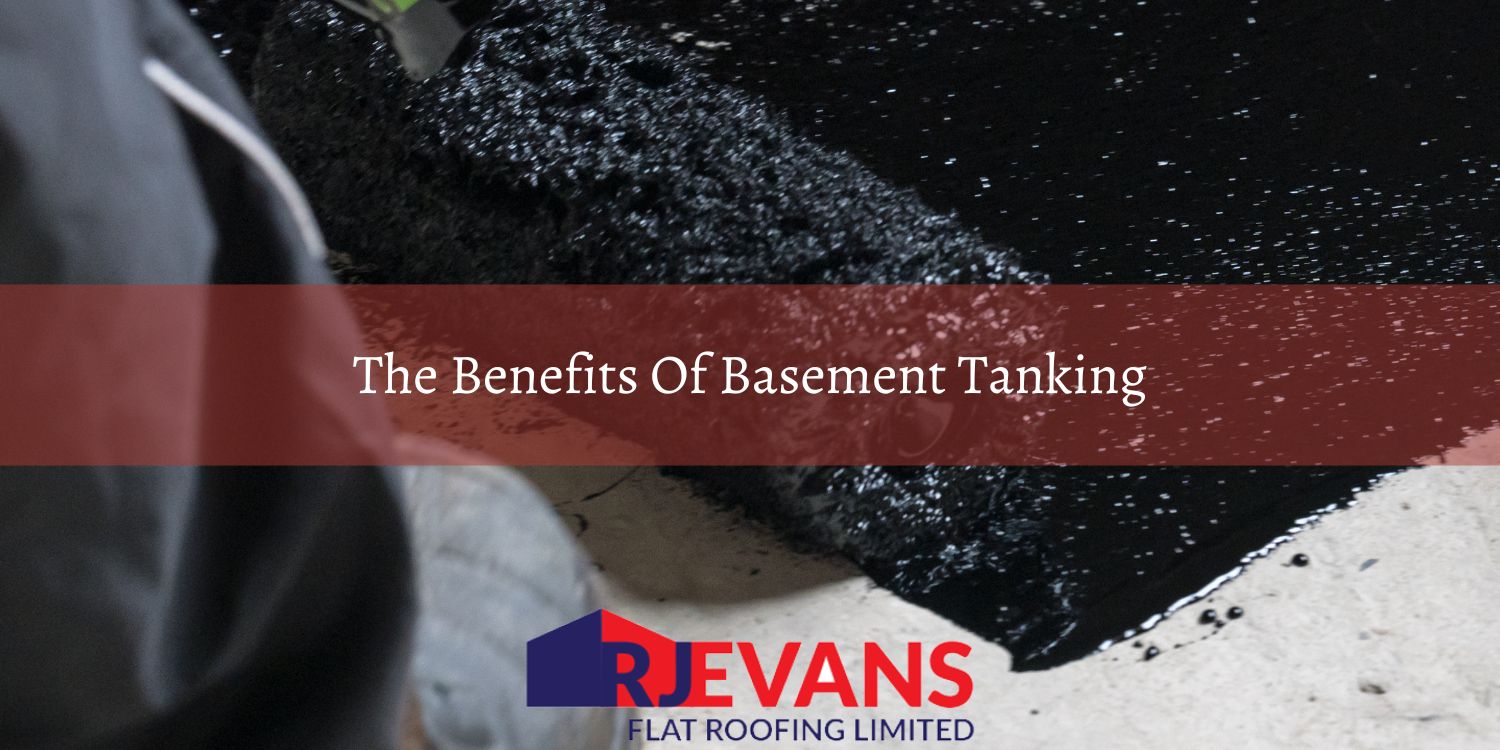I agree Our site saves small pieces of text information (cookies) on your device in order to deliver better content and for statistical purposes. You can disable the usage of cookies by changing the settings of your browser. By browsing our website without changing the browser settings you grant us permission to store that information on your device.

Basement tanking is the process of creating a waterproof barrier around the walls and floor of a basement. In the waterproofing industry this process is often referred to as cellar tanking. The basement tanking process is the creation of a watertight “tank” or barrier around the basement, usually on the inside. Tanking is often used during the basement conversion process. Tanking a cellar or basement involves the application of a waterproof membrane or coating directly to the interior surfaces of the basement walls and floor. The tanking material forms a continuous, impermeable layer which completely seals the basement from water. Tanking is often used in situations where external waterproofing is not possible or practical, such as in older buildings or in urban environments where access to the exterior of the basement walls is limited.

Basement tanking is a form of basement waterproofing. Basement tanking systems aim to prevent water from penetrating the basement walls and floor. Basement tanking is very important in areas prone to damp conditions or where the water table is high. The process of basement tanking allows for protection against water ingress which can cause a number of problems, including; significant structural damage, mould growth, and the deterioration of interior finishes.
The process of tanking normally involves the application of a waterproof barrier on the internal surfaces of the basement. There are 2 main methods of tanking; cementitious tanking and membrane tanking. Cementitious tanking is the application of a waterproof, cement-based coating which bonds directly to the masonry. This cement-based coating forms a rigid and impermeable barrier. Cementitious tanking is well-suited for areas which do not suffer from severe water ingress.
Membrane tanking involves a waterproof membrane applied over the basement walls and floor. This creates a cavity between the membrane and the wall. Due to this cavity any water ingress can be captured and diverted to a drainage system. Membrane tanking is very effective in areas which have high water tables or more severe moisture issues.
Both methods of tanking need careful preparation of the surfaces. It must be ensured the surfaces to be tanked are clean and free from any loose material. The quality of the installation of tanking is crucial. Good installation makes sure there are no gaps or vulnerabilities which can lead to water ingress. Once installed, tanking systems greatly reduce the risk of water damage. This allows for the basement which is tanked to be a more usable and safe area.

Basement tanking is an essential preventative measure which offers numerous benefits for building owners. The application of basement tanking ensures the lower levels of a property remain dry and functional. By creating a barrier against moisture, tanking systems protect against structural damage, reduce health risks, and improve overall living conditions. Below are the key benefits of using a basement tanking system. Each of these benefits contributes to the longevity and safety of your building.
Basement tanking prevents structural damage to buildings. A basement waterproofing system is essential for maintaining the structural integrity of both commercial and residential buildings. A tanking system creates a robust waterproof barrier which shields basement walls and floors from moisture. Protecting the cellar or basement from water ingress is vital as it prevents water from penetrating the building’s foundations. Water reaching the foundations can cause serious issues, including; wall buckling, foundational instability, and even collapse. All of these issues are not only costly to repair but also pose significant safety risks.
In commercial buildings, structural damage can be extremely costly. Consequences include the disruption of operational interruptions, revenue loss, and legal liabilities if building safety standards are compromised. This makes basement tanking not just beneficial, but a critical investment in maintaining the operational continuity and safety of commercial buildings. The prevention of structural damage is the most important benefit of basement or cellar tanking, as it safeguards against both physical damage and business disruptions.
Water ingress in residential properties can cause extensive and costly repairs. These repairs are not only disruptive to home life, they also can significantly reduce the property's market value. In colder climates, the presence of water in the building foundation's can exacerbate freeze-thaw cycles. This leads to the accelerated deterioration of building materials. Structural damage in residential settings can also lead to severe safety issues, potentially making homes unsafe to live in. The importance of basement tanking's role in protecting a buildings structural integrity is again underlined in residential settings. Tanking enables homeowners to protect their investment, ensure a safer living environment for their families and prevent potential disasters from happening.
Basement tanking promotes a healthier environment in both residential and commercial properties. This waterproofing method significantly reduces the risk of mould and mildew. Basement waterproofing systems effectively seal off water entry, by making the basement watertight the probability of mould and mildew growth is massively reduced. These fungi thrive in damp conditions and can produce allergens, irritants, and potentially toxic substances which degrade indoor air quality. Effective cellar tanking contributes to a more stable humidity level throughout the building. Excess moisture can permeate upward. This means a basement affected by moisture can caused adverse consequences in upper levels of a structure. Tanking helps keep the basement dry, which assists in maintaining lower humidity levels in the entire building. This is crucial for both comfort and health reasons.
Basement tanking significantly reduces risk of flooding in underground spaces. This waterproofing systems involves applying a waterproof barrier to basement or cellar walls and flooring. This barrier blocks external water from penetrating the structure. This protection is especially important in commercial buildings, where basements often serve as storage areas or hubs of operational activities. By reducing the risk of basement flooding, tanking ensures, valuable assets, inventory, and equipment is protected from water damage. Whether in the home or in a commercial environment, reducing the risk of flooding helps protect the building owner from potentially severe financial losses. This makes the significant reduction of flood risk a key benefit of basement tanking.
Basement tanking plays a vital role in preserving the condition of a basement or cellar floor. Tanking shields the floor from the water pressure and moisture caused by the surrounding groundwater. When groundwater levels rise, water can seep into basement spaces. This can lead to cracks and structural weakening in the flooring material. The application of a waterproof barrier prevents this moisture penetration. This barrier helps maintain the integrity and stability of the floor. The protection tanking gives to basement or cellar floor helps extend the lifespan of the flooring. This also contributes to the overall structural health of the building, safeguarding against potential large-scale financial losses and in the case of commercial buildings operational setbacks.
Basement tanking helps lower heating costs. The reason for this is tanking addresses the root cause of high indoor humidity, moisture infiltration. A correctly tanked basement, provides a waterproof physical barrier which prevents external water and moisture from seeping into the underground space. By reducing moisture levels, the overall humidity level of the property is directly reduced. The reason tanking helps reduce heating cost is due to drier air being less dense and easier to heat than humid air. This means less energy is required to heat a room to the same temperature. This leads to heating systems operating more efficiently, consuming less energy and reducing utility costs. Obviously this can lead to significant economic benefits, enhancing energy conservation in both residential and commercial buildings. This makes lower heating costs an excellent benefit of cellar tanking.
Effective basement tanking reduces insurance expenses. This includes reducing the number of insurance claims and the cost of premiums. Tanking significantly decreases the risk of water damage. Water damage is a common reason for insurance claims in residential and commercial buildings alike. The installation of a reliable basement waterproofing system helps prevent the extensive costs associated with water-related damages. These damages include mould, structural issues, and ruined inventory or personal belongings. By reducing the probability of water damage, basement tanking not only decreases the frequency of claims but can also reduce insurance premium rates. The reason for this is because insurance companies often assess risk based on past claims history, which means buildings with less risk of water damage typically enjoy lower premiums. Therefore, another benefit of investing in basement tanking is a a reduction in insurance expenses.
The cost of tanking a basement will depend on several things:
• The complexity of tanking the basement.
• The tanking system which is being installed.
• The size of the basement.
• The ease of accessing the basement.
An average basement will cost in the region of £60 to £70 per squared.
• Vastly experienced waterproofing team. We have operatives with more than 40 years’ experience.
• We provide a range of FREE quotations and solutions for all projects.
• Insurance backed Guarantees.
• Excellent Customer Support throughout project.
• Rated 5 out of 5 from our previous customers.
If you would like a quotation or any information on Basement Tanking please get in touch with us or call us now on 01277 375 511.
.